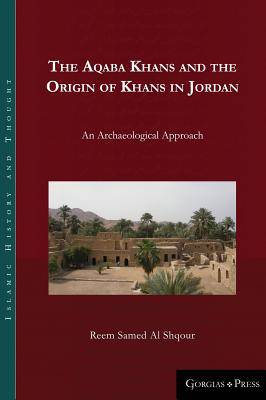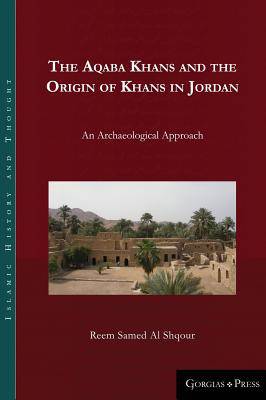
- Afhalen na 1 uur in een winkel met voorraad
- Gratis thuislevering in België vanaf € 30
- Ruim aanbod met 7 miljoen producten
- Afhalen na 1 uur in een winkel met voorraad
- Gratis thuislevering in België vanaf € 30
- Ruim aanbod met 7 miljoen producten
Omschrijving
The origin and development of the khan, also known as caravanserai or roadside inns, is an area of research that has not been extensively addressed in existing studies on the Islamic history and archaeology of Jordan. This is despite the historic importance of khans as way stations for pilgrims undertaking the hajj pilgrimage and their ubiquitous presence throughout the Jordanian landscape. Previous studies that have been carried out on the khans, have been either very general or restricted in terms of geography and chronological/historical scope. Therefore, the present study will include a diachronic study of the development of a particular khan--the Aqaba castle--being an important Islamic khan sat at the junction of two major pilgrim routes, based on both Arabic and Crusader sources, and the results of the excavations undertaken by Ghent University in Aqaba. The main objectives concerning the Khan al-Aqaba project are defining a chronological sequence regarding the occupation of the site and to provide a structural interpretation of the layout of both the standing remains and the underlying structures. The combination of a detailed study of Khan al-Aqaba, coupled with overviews of the other Jordan khans, will result in the first diachronic description and analysis of the origin and development of the khans in Jordan.
Specificaties
Betrokkenen
- Auteur(s):
- Uitgeverij:
Inhoud
- Aantal bladzijden:
- 560
- Taal:
- Engels
- Reeks:
- Reeksnummer:
- nr. 9
Eigenschappen
- Productcode (EAN):
- 9781463206512
- Verschijningsdatum:
- 3/06/2019
- Uitvoering:
- Hardcover
- Formaat:
- Genaaid
- Afmetingen:
- 178 mm x 254 mm
- Gewicht:
- 1179 g

Alleen bij Standaard Boekhandel
Beoordelingen
We publiceren alleen reviews die voldoen aan de voorwaarden voor reviews. Bekijk onze voorwaarden voor reviews.











